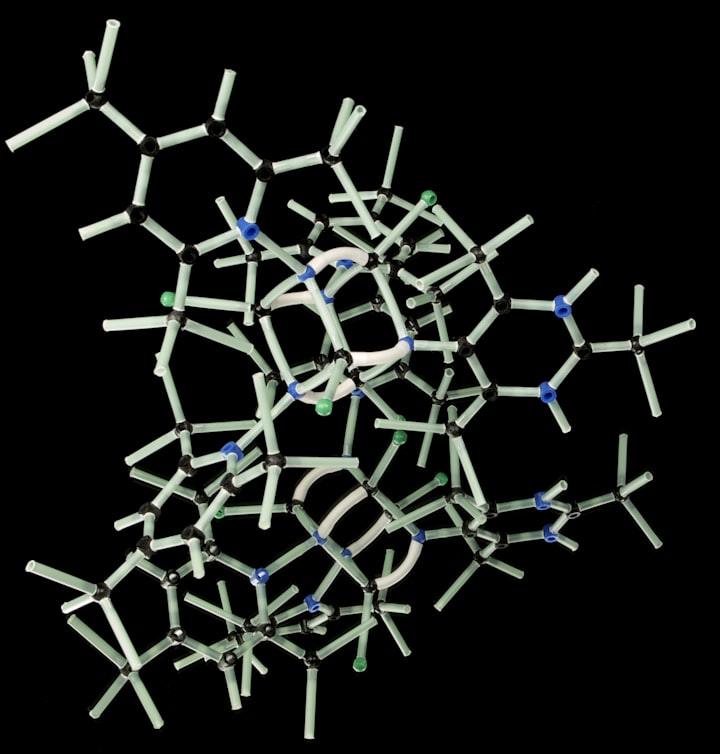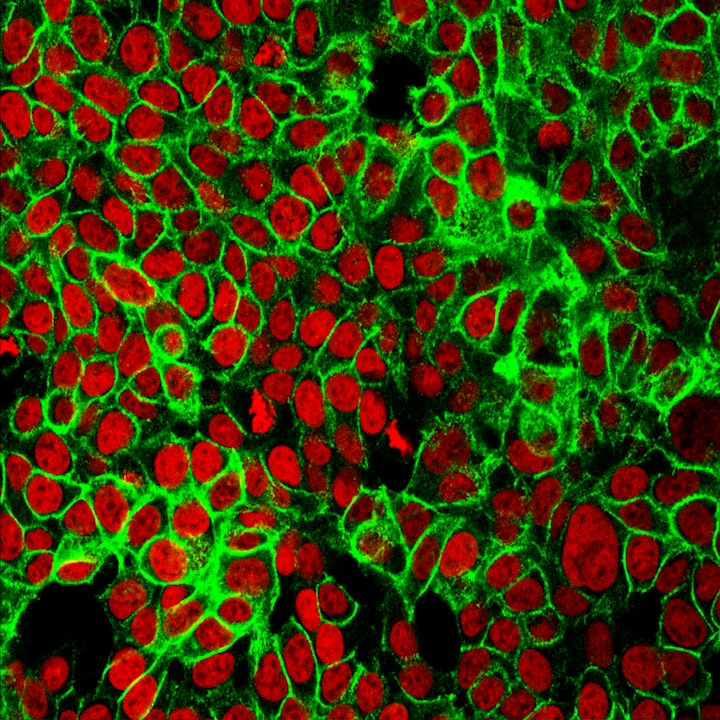Can Electric Helicopters Soar Higher than Combustion Helicopters?
Can electric helicopters reach higher max altitudes than combustion helicopters? Find out the key differences and limitations.

Helicopters are versatile machines, prized for their ability to hover and perform tasks ranging from search and rescue operations to aerial surveys. However, one of their limitations is the maximum altitude they can reach. The conundrum of a helicopter's maximum altitude lies in the interplay of rotor efficiency, engine performance, and air density. Unlike airplanes, helicopters rely on their rotors to generate lift, and as air density decreases with altitude, so does the lift capacity of the rotors. The question arises: Could the type of engine used affect their maximum altitude?In theory, if two helicopters were designed identically, with the same rotors, aerodynamics, weight, and other factors, but one using a combustion engine and the other an electric engine, could this impact their maximum altitudes? Electric engines do not experience power loss at higher altitudes, unlike combustion engines, which rely on oxygen intake for combustion. The essence of this theoretical scenario lies in the fact that electric engines could potentially allow a helicopter to reach higher maximum altitudes due to their lack of dependency on air intake. In this theoretical comparison, we assume that flight time is not a constraint and any cooling issues related to the batteries and electric motors at high altitudes have been resolved without altering the aerodynamics of the helicopters. The aim is to explore whether the potential altitude limitations are more deeply rooted in the efficiency of the rotors or other non-engine related factors. The efficiency of the rotors, influenced by air density, rotor design, and power distribution, plays a crucial role in a helicopter's maximum altitude capability. Considering the multitude of factors influencing maximum altitude, from air density and rotor efficiency to engine performance and weight, it becomes clear that helicopter maximum altitude capabilities involve a complex interplay of various aerodynamic and mechanical factors. The debate surrounding whether an electric helicopter could fly higher than a combustion-powered one is a thought-provoking inquiry that delves into the intricacies of helicopter design and performance. As the aerospace industry continues to evolve, advancements in electric propulsion and aerodynamics may further illuminate the nuances of helicopter flight capabilities. The quest for higher altitudes may drive innovation beyond engine type into the realm of rotor design, weight reduction, and aerodynamic efficiency, ultimately shaping the future of helicopter technology.






